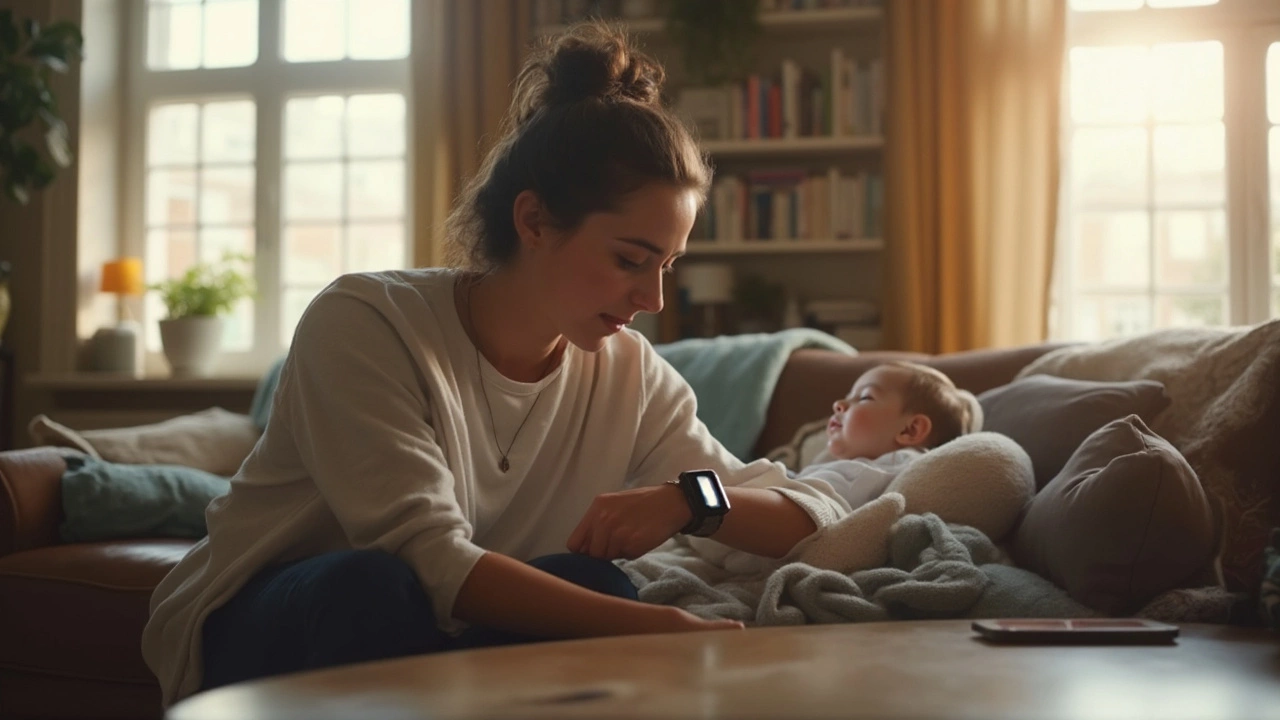Ever wondered how your smartwatch can do more than just tell time? Modern watches now act like tiny, always‑on security hubs. They can spot a sudden fall, flag an unusual heart rate, or even ping you if you wander off a predefined area. All of that happens without you lifting a finger.
First thing to check is whether your watch supports health‑based alerts. Most major brands – Apple, Samsung, Garmin, Fitbit – have built‑in sensors that track heart rhythm, movement, and even blood oxygen. If the watch says it can detect a fall or high‑stress event, you’re already half‑way there.
Open the companion app on your phone. Look for a tab called “Safety,” “Health Alerts,” or something similar. Turn on the features you need – fall detection, irregular heart‑rate alerts, or geo‑fencing. Geo‑fencing lets you draw a virtual boundary on a map; when the watch crosses that line, you get an instant push notification.
Most apps also let you choose who gets the alerts. You can send a message to a family member, a caregiver, or a designated emergency contact. Some services even forward the alert to local emergency services, but that usually requires a subscription.
For seniors, a watch that spots a fall can be a lifesaver. Instead of waiting for a call, the device automatically alerts relatives. For athletes, real‑time heart‑rate zones help avoid over‑exertion – the watch vibrates when you hit a dangerous level.
Parents love the geo‑fencing feature. Set a safe zone around school or home, and you’ll know the moment your child steps outside it. The same idea works for pets if you attach a small tracker to their collar and pair it with your watch.
Even regular commuters can benefit. If your watch senses an unusually high speed change – like a sudden brake in a car – it can log the event for later review, useful for insurance claims or personal safety logs.
Keep the firmware updated. Manufacturers often add new alert types or improve sensor accuracy in updates. Ignoring updates means you miss out on the latest safety tricks.
Battery life matters, too. Alerts use extra power, especially GPS‑based geo‑fencing. If you notice the watch dying fast, turn off non‑essential features or switch the GPS mode to “low power.” Most watches give you an estimate of how long the battery will last with alerts active.
Finally, test the system. Simulate a fall or cross the geo‑fence to confirm the notification reaches your phone. A quick test tells you everything works before you actually need it.
Smart watch monitoring isn’t a gimmick; it’s a practical layer of protection that fits on your wrist. By enabling the right alerts and keeping the device tuned, you get peace of mind for yourself and the people you care about.

Wondering if your Apple Watch can double as a baby monitor? This article breaks down how well the Apple Watch stacks up in helping you keep an eye (and ear) on your baby, how it works alongside your iPhone, what third-party apps actually offer, and why you should weigh the trade-offs. You'll find practical tips, clear facts, and straightforward advice about this popular parenting hack.